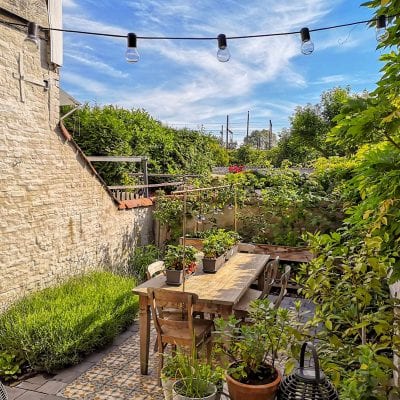CAT-FRIENDLY OUTDOOR PLANTS… THAT ARE PURRFECT
If you own cats, you know how amazing they are and how much joy and companionship each can bring.
Many owners see their furry companions not as pets but as family members. Keeping them healthy is a priority, and making sure your home and yard have cat-friendly plants can be a vital part of creating a safe environment for them to venture, play, and live.
Many Americans, especially those in ADUs, are living in smaller spaces and on smaller lots (especially in urban areas), which means they are working to maximize indoor and outdoor living areas. That includes the inclusion of plants that enhance those spaces. Highlighted here are a few safe outdoor plants you can use in your landscape. While these plants look great and are easy to care for, they are also non-toxic to cats and won’t make them sick. So, you can keep your feline friend safe and comfortable when they spend time in your yard.

Cats as our Friends and Pets
With a rich heritage and history of companionship, the presence of domesticated cats with humans can be traced back to ancient times. Thousands of years old Chinese and Japanese writings reference cats living in palaces and being gifted to, and owned, by empowers and rulers. The ancient Egyptians included cats in religious practices, and the image of their original pantheon gods bear the form of the cat.
While Americans don’t worship our pets (though sometimes it feels like the cat may be running the house), the partnership between man and feline in America today very strong. Next to dogs, cats are the second most popular pet in the country, with many families owning indoor and outdoor cats or even working cats. According to the 2017-2018 U.S. Pet Ownership & Demographics Sourcebook there were over 58,385,725 pet cats in the United States with over two cats on average per household that had one.
It is easy to see by these numbers, which have held fairly steady year after year compared to dogs and other animals, that cats are indeed a preferred pet for Americans everywhere. It is this popularity that has created a vast market for cat products, food, toys, gear, supplies, and services specially tailored to our feline companions – whether they live life indoors or outdoor.
Outdoor Cats Indoor Cats
If your cat is more of a companion pet, then it might be either accustomed to being primarily indoors or indoor or outdoors. Many people keep their pets indoor rather than letting them roam outdoors alone for long periods.
The agreement among veterinarians and advocacy groups like the American Veterinary Medical Association (AVMA) is that it’s wiser to keep companion cats indoors rather than letting them roam around outdoors for longer periods of time unsupervised. Mainly, as there are many potential dangers outdoors for the inexperienced animal with less chance of them becoming ill or injured from outdoor hazards.
This is clearly proven by the simple fact that in most cases, indoor cats live longer than cats that spend most of their time outdoors. Cats that live indoors are not exposed to hazards like other animals, people, cars, and dangerous substances.
That isn’t to say that your indoor cat should never step foot outside your home. Companion cats can spend time outside as long as they watched to make sure they do not get into trouble. Indoor cats can actually benefit from supervised outdoor activities to get out, explore, and play. As long as they can do it safely, your indoor cat can have time as an outdoor cat when it’s done smartly. Many cat parents set up a safe outdoor or halfway space for their cats to get fresh air, enjoy the scenery, and feel a little wilder while still staying safe and secure.
Working Cats – Friendly Feral Cats
A working cat is a term used to refer to a cat that “works” for its care. In essence, they do work for their caretaker in exchange for shelter, food, and vet care when needed. Most working cats work by hunting vermin, such as rodents. They are commonly employed where pest control is needed, such as in barns, farms, factories, warehouses, stores, churchyards, and private property.
Fully domesticated cats can work in this way in your yard, but in most cases, working cats are feral cats that have somewhat adapted to being around humans. They tend to find themselves comfortable with you so long as you give them their space. Though they are still typically not able to be easily handled, loved, or comfortable indoors the way domesticated felines would be.
If a feral neighborhood cat has ever adopted you and started hanging out in your yard to hunt pests and rodents, then you have a working cat of your own!
Benefits of Cats for Rodent Reduction and Pest Control
Working Cats often come to you as strays or as feral cats who adopt you. Though in some places, you can adopt a working cat of your own. At some shelters, they take in feral cats to spay or neuter and then release them back into their former environment. Sometimes these cats cannot be re-released for one reason or another and often cannot be tamed. So, these types of cats cannot be put up for adoption because they have never been socialized and have no experience living with humans. They cannot adapt and thrive in a sheltered environment or live in a home. However, these cats can live alongside humans and help them by keeping pests out of their homes, yards, gardens, storage areas, and livestock locations. In time, these beneficial hunters can become beloved members of the family – just in a different way than other house pets.
10 GREAT CAT FRIENDLY PLANTS FOR YOUR BACK YARD
Regardless of the kind of cat you have as a pet, both typically spend time in your yard. Keeping your cat healthy and safe is the primary goal of any owner, and when cats spend time in your yard, it’s important to make sure there are no plants that can make them sick.
Highlighted below are 10 safe plants you can use in your yard that are recommended by the ASPCA:

African Daisy | Scientific Names: Gerbera jamesonii | Family: Compositae
Add a vibrant splash of color to your sunny patches with this hearty and easy to care for flowering plant that comes in shades of yellow, orange, red, and brown.
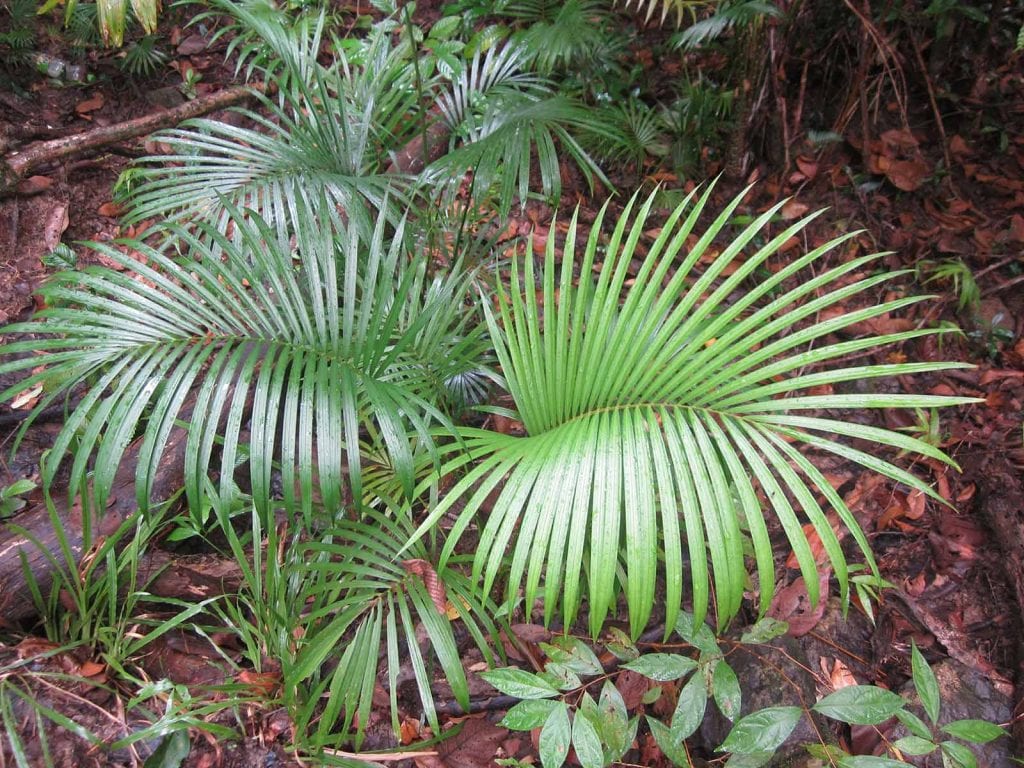
Areca Palm | Scientific Names: Dypsis lutescens | Family: Palmae
Simple and elegant, this palm adds a nice touch to your yard with is smaller and more compact size and growth habits and makes for a hearty natural scratching post as well.

Baby’s Tears | Scientific Names: Hypoestes phyllostachya | Family: Acanthaceae
Delicate in its form, this is a popular landscape plant used in rock gardens, container gardens, and foregrounds in flower beds that come in white, pink, and red.
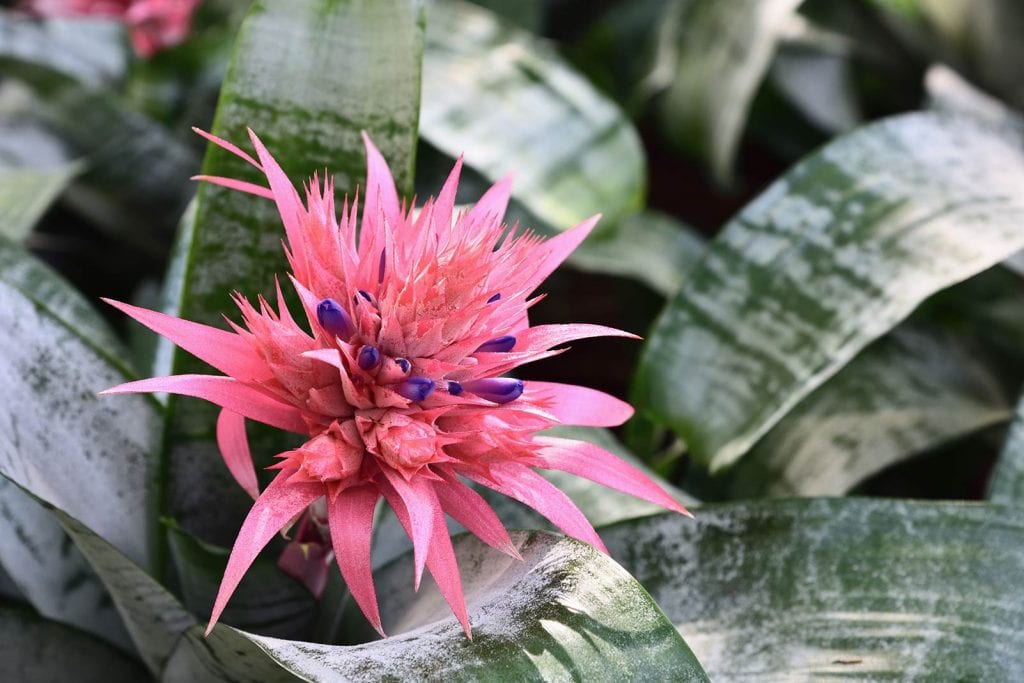
Blushing Bromeliad | Scientific Names: Neoregalia spp. | Family: Bromiliaceae
Hardy and easy to care for, these tough plants are colorful and unique with an exotic design that works well in shady areas under trees and low light areas of the yard.

Bottlebrush | Scientific Names: Callistemon species | Family: Myrtaceae
For larger bushes and smaller trees, a colorful and safe option for cat parents, this one of a kind flowering hardwood is a perfect choice for your yard and your pet.
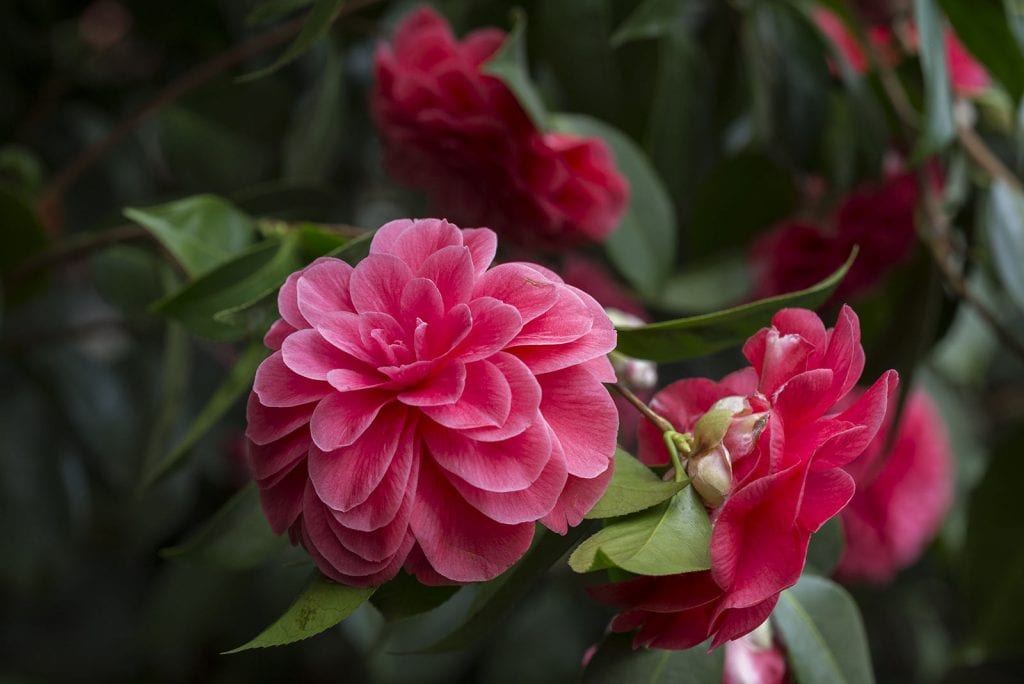
Common Camellia | Scientific Names: Camellia japonica | Family: Theaceae
Available in many sizes and colors, this small to large growing shrub works in shade or sun and can be used as accent plants, hedges, and screens, or stand-alone focal pieces.

Fish Tail Fern | Scientific Names: Cyrtomium falcatum | family: Polypodaceae
This simple yet attractive foliage plant works great as a groundcover for shady and damp areas of the yard that don’t get a lot of sun and need some greenery to spruce things up.
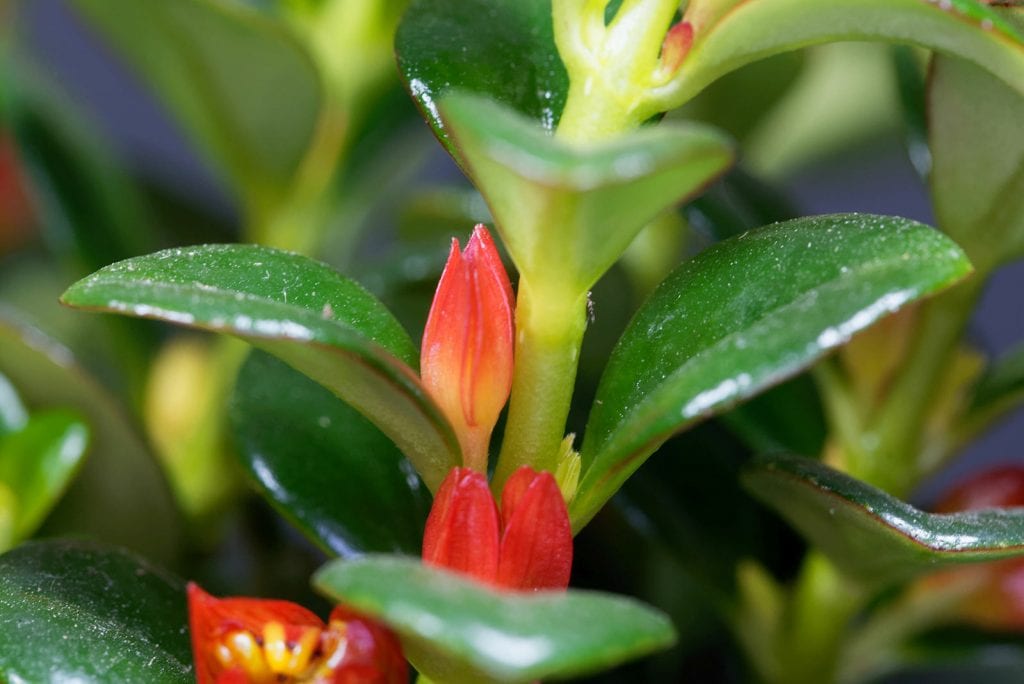
Gold-Fish Plant | Scientific Names: Hypocyrta nummularia | family: Gesneriaceae
With a compact size and a very unique form and coloration, this is a great plant to use in containers, rock gardens, and flower beds around the home.

Japanese Aralia | Scientific Names: Fatsia japonica | Family: Araliaceae
Fun and unique foliage in a deep shade of green, rust-brown, and red, this plant is perfect for background foliage uses and can easily be kept small and compact when needed.

Tiger Orchid | Scientific Names: Haemaria discolor | Family: Orchidaceae
Cute and colorful with a compact growth pattern, the foliage is accented by white flowers and works great for a semi-shade semi sun area of the yard or flower bed.
- ADU Magazinehttps://adumagazine.com/author/adu-magazine/
- ADU Magazinehttps://adumagazine.com/author/adu-magazine/
- ADU Magazinehttps://adumagazine.com/author/adu-magazine/
- ADU Magazinehttps://adumagazine.com/author/adu-magazine/





